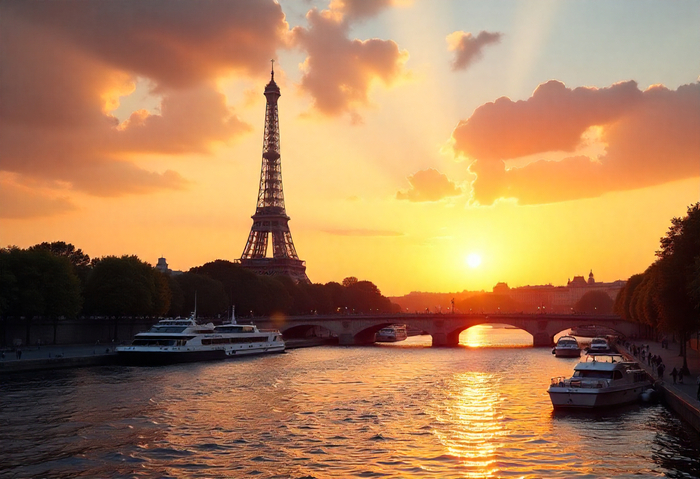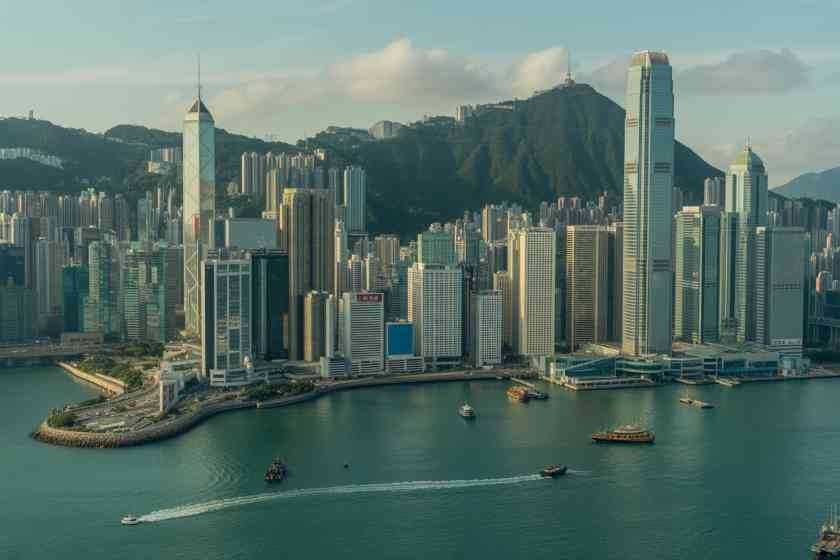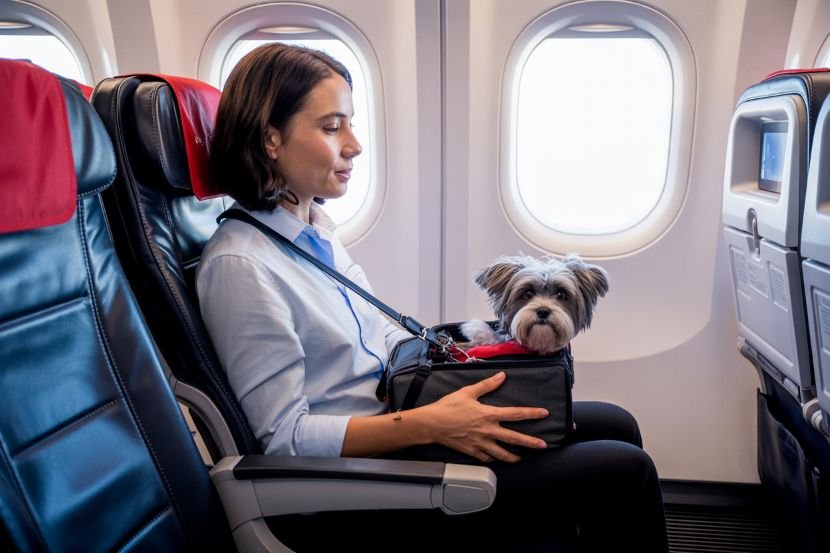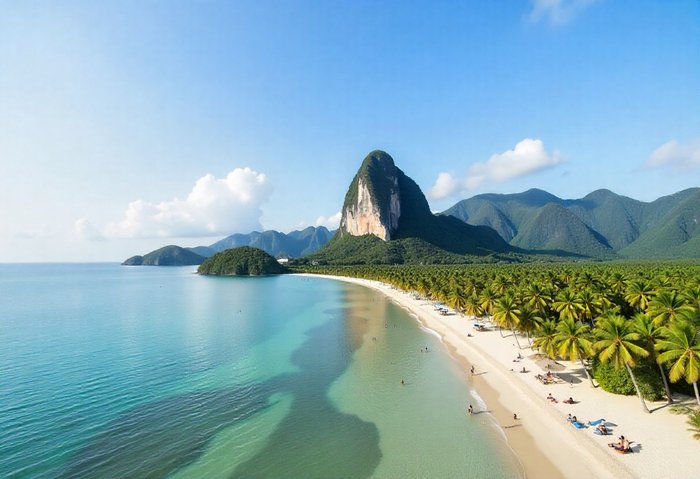Published on
October 29, 2025

France has emerged as one of the world’s most secure travel nations, rising alongside the Netherlands, Australia, Austria, Iceland, Canada and New Zealand in the latest Travel Security Index forecast for 2026. The updated safety ranking evaluates countries across five key areas—national security, political stability, emergency readiness, healthcare standards and digital safety. France recorded a notable rise this year after implementing stronger traveler protection policies, reinforcing security in major transport hubs, and investing in faster emergency response systems across key tourism regions.
The Travel Security Index also reaffirms the strong safety performance of the United Arab Emirates, Switzerland, Japan, Ireland, Belgium, Portugal, United Kingdom and Denmark, which continue to rank high due to consistent public safety results, low violent crime, and efficient tourism management systems. Analysts note a clear shift in global travel behavior for 2026, with tourists placing a higher value on peace of mind, health assurance and crisis preparedness when choosing destinations. As confidence-driven travel grows, secure nations across Europe, the Middle East and Asia are gaining powerful tourism momentum, drawing visitors seeking safe, stable and well-organized travel experiences.
The annual research examined global safety using data-driven criteria, and its results identify the 15 safest countries and 15 safest cities for travel in 2026. The study places Europe at the forefront, with 10 out of the 15 safest countries and 9 of the safest cities located across the continent. At the top of the national rankings is the Netherlands, which has made a dramatic ascent to become the world’s projected safest country to visit next year.
Netherlands Claims Top Spot
According to the report, the Netherlands achieved the number one ranking due to strong performances across key safety indicators. These include:
- Sustained high scores on the Global Peace Index
- Low levels of crime and social unrest
- Strong health and emergency response systems
- Positive traveler feedback regarding safety and cultural inclusivity
Travel safety indexes also noted that the Netherlands consistently performs well in categories related to the safety of women, solo travelers, and members of diverse communities. Efficient public services, clean transportation systems, and stable infrastructure have further strengthened the country’s global safety reputation.
Strong Presence from Australia and Europe
Following the Netherlands, Australia secured the second position, thanks to its reliable public infrastructure, low crime rates, and strong natural disaster preparedness. Austria ranked third, maintaining its well-established status as one of Europe’s most peaceful nations. Iceland and Canada rounded out the top five, both being recognized for political stability, low violence levels, and well-managed tourism policies.
Notably, the United States failed to appear in the top 15 safest countries for the second consecutive year, although two American cities did make the safest cities list.
Top 15 Safest Countries for 2026
The full list of the world’s safest countries for travelers in 2026 includes:
- Netherlands
- Australia
- Austria
- Iceland
- Canada
- New Zealand
- United Arab Emirates
- Switzerland
- Japan
- Ireland
- Belgium
- Portugal
- France
- United Kingdom
- Denmark
These rankings reflect a combination of peace indicators, traveler safety surveys, and assessments of medical standards, transportation reliability, and emergency readiness.
Reykjavik Named Safest City Worldwide
When it comes to cities, Reykjavik, the capital of Iceland, retained its position as the world’s safest city for the second year in a row. The city’s crime rate ranks among the lowest in the world, and it is widely praised for community trust, social equality, and inclusiveness. Data also showed that no neighborhood in Reykjavik falls below “excellent” on urban safety metrics monitored by global risk analysis systems.
Top 15 Safest Cities for 2026
The report names the following cities as the safest for travelers next year:
- Reykjavik
- Copenhagen
- Zurich
- Amsterdam
- Honolulu
- Sydney
- Barcelona
- Lisbon
- Tokyo
- Dublin
- Venice
- Seoul
- London
- Singapore
- San Francisco
European cities dominate the rankings, with strong showings from Denmark, Switzerland, Spain, Portugal, and Italy. Several cities known for major tourism flows—such as Barcelona, Lisbon, and Venice—earned recognition for increasing urban safety strategies, investing in controlled tourism, and enhancing security technology.
Honolulu and San Francisco represented the United States on the safest cities list, despite the country not appearing in the top 15 safest nations overall. Honolulu scored highly due to its strong tourism infrastructure and emergency response readiness, while San Francisco ranked for health safety indicators and traveler resilience services.
Growing Traveler Interest in Safe, Stable Destinations
The global tourism industry continues to recover, but traveler priorities have evolved significantly. Safety now outweighs cost or bucket-list appeal for a growing segment of international travelers. The shift toward careful planning and risk awareness has led to increasing demand for safety data, trusted advisories, and travel insurance backed by real-world metrics.
As geopolitical conflicts, health concerns, and economic uncertainty remain present in many parts of the world, travelers are gravitating toward nations and cities with strong public systems, reliable healthcare, and social stability. The data suggests that countries with long-term investments in peace and governance continue to outperform others in traveler safety perception.
Final Outlook for 2026
The forecast for 2026 makes one message clear: Europe is expected to remain the world’s safest region for tourism, while the Netherlands and Reykjavik will lead as the safest country and city to visit, respectively. Destinations that prioritize security, inclusivity, and visitor well-being are gaining long-term trust among travelers, especially among families, solo explorers, and international professionals.
As travel planning becomes more strategic and safety-conscious, rankings like these are likely to influence destination popularity and tourism investments worldwide.







